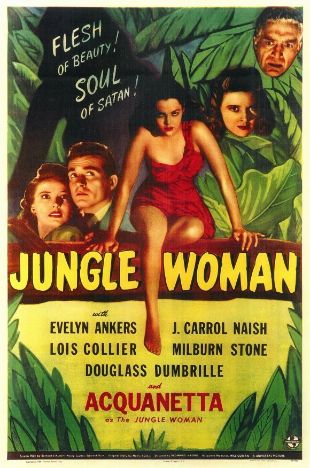
Jungle Woman (1944)
Directed by Reginald Le Borg
Genres - Mystery |
Sub-Genres - Jungle Film, Sci-Fi Horror |
Release Date - Jun 1, 1944 (USA - Unknown) |
Run Time - 60 min. |
Countries - United States |
MPAA Rating - NR
Share on
Synopsis by Hans J. Wollstein
A strong contender for the title of Universal's worst horror film of the 1940s, Jungle Woman continued the melodramatic exploits of "Ape-Woman" Paula Dupree (Acquanetta from Captive Wild Woman) including seemingly endless "flashback" footage. (Captive, of course, had itself "benefitted" from plenty of stock footage courtesy of the studio's 1933 Clyde Beatty film, The Big Cage.) Poor Dupree is found roaming an all-too familiar back lot jungle and is once again captured by a scientist (J. Carrol Naish), who proceeds to torment the girl to death. At his trial, Dr. Carl Fletcher is acquitted when he proves that the girl was not only more simian than human, but jealously stalked the good doctor's lovely daughter (Lois Collier). Fletcher is acquitted after an excursion to the morgue, where the body of Dupree has indeed transformed into that of an "Ape Woman." The film's odorous repute, even among the most ardent Z-movie apologists, stems mainly from its overuse of stock footage and some notoriously rotten acting. The studio's "Scream Queen," first-billed Evelyn Ankers, basically walked through her repeating role as Beth Mason and the film's only comedy relief was provided by the patently unfunny Edward M. Hyans, Jr., whose eventual demise thus came as a true relief. Worst of all, Irish-American character actor J. Carrol Naish, who was between Academy Award-nominated performances in Sahara (1943) and A Medal for Benny (1945), delivered perhaps the only bad performance of his long career as the not-so-mad doctor. Acquanetta (né Mildred Davenport), a former fashion model claiming to be the result of a liaison between an Arapaho princess and British royalty, was allowed to speak this time around, a fact which hasn't exactly enhanced the film's reputation either. Starlet Julie London was lucky; her small role as one of Lois Collier's friends landed on the cutting-room floor. The third and final installment in Universal's "Paula, the Ape Woman" trilogy, The Jungle Captive (1945), replaced Acquanetta (who had become a "goodwill ambassador" to South America for President Roosevelt) with 18-year-old starlet Vicky Lane. The series' strongest critic at the time, John T. McManus, actually took Universal to task for spreading "Nazi propaganda" through the work of legendary make-up artist Jack Pierce. "In Mein Kampf," McManus wrote, "Hitler calls the Negro a 'half-born ape.' Jungle Woman illustrates the point, changing a Hollywood glamor girl into an ape and vice versa with the Negro stage inserted right where Hitler says...Apparently it is to be an annual outrage unless somebody passes a law against propounding Nazi race theories in America." Still much debated today, Jungle Woman has a certain notoriety for modern audiences.
Characteristics
Themes
Keywords
killing, experiment, false-accusation, investigation, monster, murder, mutant, capture, jungle, trial [courtroom], wild [undomesticated], woman



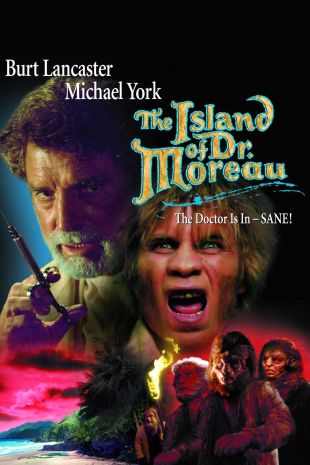


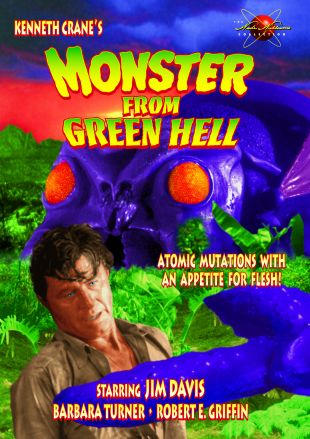
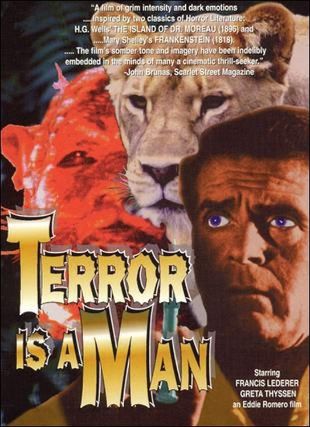


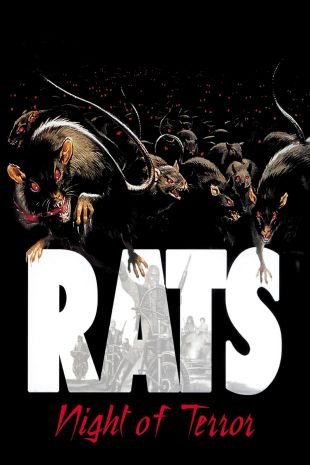
/_derived_jpg_q90_310x470_m0/TheFly1986-Poster_CR.jpg)